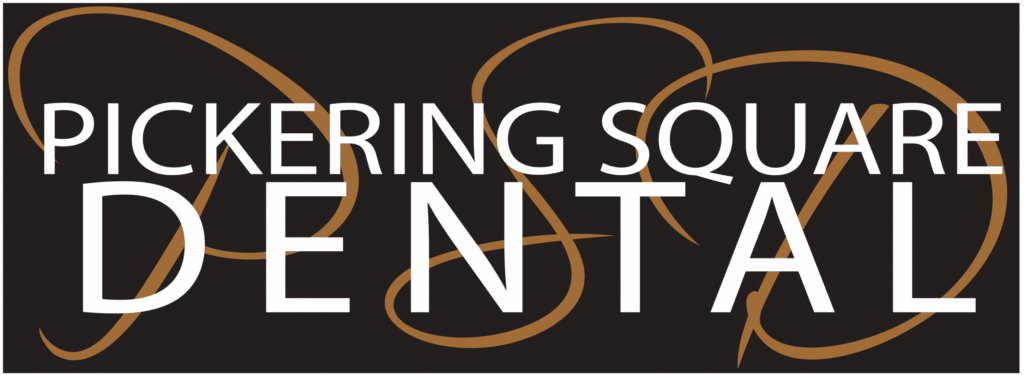At our family dental care practice based in Pickering, ON, we are committed to providing patients with comprehensive dental solutions designed to improve the appearance, function, and health of their smiles. Crowns and bridges are two pivotal restorative treatments that can be used individually or in combination to address various dental issues, such as missing, damaged, or decayed teeth. These custom-made restorations not only restore a natural, aesthetically pleasing appearance but also reinforce your remaining teeth and improve functionality.
Dental crowns are essentially tooth-shaped caps that fit over your existing tooth structure, offering protection and stability for compromised or weakened teeth. They can be used to restore teeth that have been heavily damaged by decay, disease, or trauma, or to protect those that have undergone root canal therapy.
On the other hand, a dental bridge is designed to replace one or more missing teeth, essentially “bridging” the gap between healthy teeth or implants. Bridges involve the placement of one or more artificial teeth, known as pontics, held in place by crowns attached to the adjacent natural teeth or implants.
In this in-depth guide, we will delve into the purpose of crowns and bridges, their benefits, and the processes involved in their placement. Additionally, we will highlight the various types of materials used in these restorations, allowing you to make a well-informed decision on the best choice for your unique dental needs. Schedule a consultation with our experienced dental team today and learn how crowns and bridges can transform your smile and restore your oral health.
Exploring the Benefits of Crowns and Bridges
Crowns and bridges have proven to be invaluable tools in restorative dentistry, offering a myriad of benefits for patients with damaged or missing teeth. In this section, let us delve into the advantages they provide.
1. Aesthetically Pleasing Smile
Both crowns and bridges are custom designed to mimic the appearance and colour of your natural teeth, providing an aesthetically pleasing solution for damaged or missing teeth. As a result, patients can enjoy a more harmonious and balanced smile that exudes confidence.
2. Improved Functionality
Teeth that are significantly damaged or missing can hinder daily functions such as eating and speaking. Crowns and bridges are designed to restore functionality, allowing you to chew and speak proficiently.
3. Reinforcement and Protection
Dental crowns not only rebuild damaged or weakened teeth but also offer additional reinforcement, preventing further damage and protecting the tooth from infection or decay. Similarly, dental bridges help maintain the structure and integrity of your remaining teeth, preventing them from shifting or weakening.
4. Prevention of Oral Health Issues
Addressing missing or damaged teeth with crowns and bridges helps prevent a host of oral health issues, including misaligned bites, jaw problems, gum disease, and further tooth loss.
Types of Materials for Crowns and Bridges
Various materials can be used in crafting crowns and bridges, each offering unique advantages:
1. Porcelain and Ceramic
These materials are highly sought after for their ability to closely mimic the appearance of natural teeth. As a result, porcelain and ceramic crowns and bridges blend seamlessly with your existing teeth, providing an aesthetically pleasing restoration that is also durable and biocompatible.
2. Metal Alloys
Metal crowns and bridges, made of substances such as gold or silver, are known for their durability and strength. While they may not offer the same aesthetic appeal as porcelain or ceramic restorations, they are often an ideal choice for back teeth that require significant reinforcement and are less visible.
3. Porcelain-fused-to-metal (PFM)
PFM restorations combine the advantages of both metal and porcelain, offering a restoration that is both strong and tooth-coloured. However, the metal framework may sometimes be visible along the gum line, which may not be desired.
The Crown Placement Process
The process of placing a dental crown usually involves two appointments, as outlined below:
1. Tooth Preparation and Impressions
During the first appointment, your dentist will remove any decay or damage, preparing the tooth to receive the crown. They will then take impressions of your tooth, which will serve as a blueprint for the custom crown.
2. Placement of the Temporary Crown and Laboratory Fabrication
A temporary crown will be placed on your prepared tooth to protect it while the permanent crown is fabricated at a dental laboratory based on your tooth impressions.
3. Crown Fitting and Placement
Once the permanent crown is ready, your dentist will remove the temporary crown, verify the fit and shade of the new crown, and securely cement it onto your tooth.
The Bridge Placement Process
Similar to crowns, dental bridge placement typically involves two appointments:
1. Tooth Preparation and Impressions
Your dentist will prepare the neighbouring teeth on either side of the gap for crown placement. Impressions of these teeth and the gap left by the missing tooth will be taken, which will serve as a blueprint for crafting the bridge.
2. Placement of the Temporary Bridge and Laboratory Fabrication
A temporary bridge will be positioned to protect the prepared teeth while the permanent bridge is being fabricated at a dental laboratory based on your tooth impressions.
3. Bridge Fitting and Placement
Once the custom bridge is ready, your dentist will remove the temporary bridge, ensure a proper fit, and permanently cement the new bridge in place.
Conclusion
Crowns and bridges are invaluable restorative solutions that not only enhance the aesthetic appearance of your smile but also improve functionality and protect against further oral health issues. Choosing the right material and understanding the placement processes for these treatments is essential in making informed decisions about your dental health. Trust our experienced dental team at Pickering Dental Services to guide you through the process and provide personalized care that meets your unique needs.
Schedule a consultation today to learn more about how crowns and bridges can help restore your smile and oral health.



